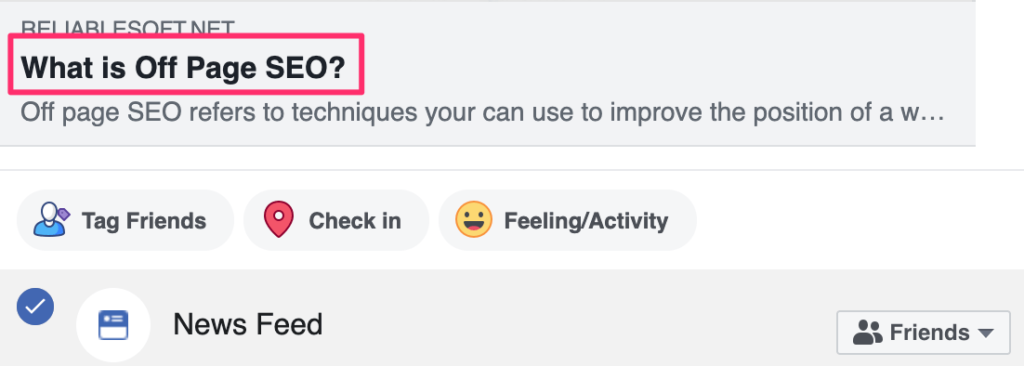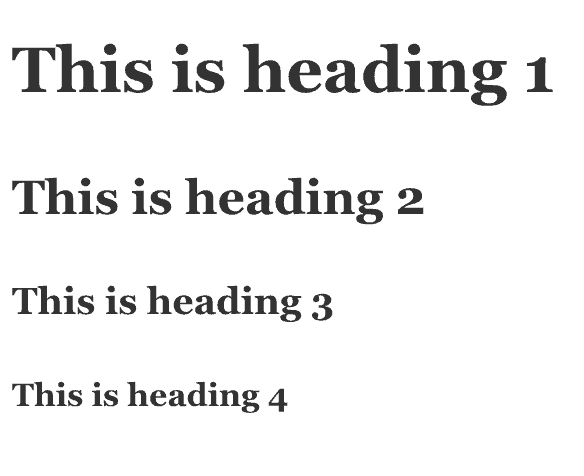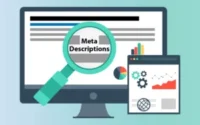What is the Difference Between a Page title and H1 tag for SEO?
Page title and H1, are they two different things or the same thing? What is the difference between a page title and an H1 tag? If you’re having the same troubles, you’ve come to the right place to get answers to all your page title and H1 tag related questions. In this article, we will discuss the differences between a page title and H1 and what it means for SEO.
What is a page title and it’s important for SEO?
If you have looked at the HTML of a website, you may have noticed that the page title is in the HTML <head> section with the HTML tags <title></title>. The phase between HTML tags <title></title> is displayed in browser and search engine results pages. The title appears as the tab name in Windows browsers and as the page title on search engine results pages.
The page title, also used in social media snippets like Facebook and Twitter.

How do you define the page title tag?
In modern CMS, when you type something like page title, it is automatically converted to title HTML. If you use WordPress, you can change the page title using an SEO plugin tool like Yoast SEO. Page title is also known as SEO title because the page title has an impact on SEO.
Why is the page title important for SEO?
The page title is just as important for SEO adding keywords and meta description There are many reasons for this. The page title is part of the SEO optimization rules. Search engines used the page title to understand the content of the page. When ranking websites, search engines use the crawling and indexing phase. Here the search engine tries to associate the relevant keywords and pages. It also takes into account the title of the page.
We already mentioned that the page title is displayed in the search results list. It should be clear and appealing. It is necessary to get clicks on your website. The page title is also displayed on social media like Facebook and Twitter. If it has a good title, it will attract more likes and shares.
How to optimize your page titles?
If you want to increase traffic to your website, you need to post new content or get new likes. But you can do that by optimizing your page titles. To do this, follow the instructions below.
- Include search terms that users recognize: If you want your title to be relevant to users, you can add the search terms to it. It will also improve CTR (click-through rate).
- Add a question in your title: Users mostly click on titles that contain a question in the title. The reason for this is that many people search for questions in search engines and if there is the same question in the list of results, it is possible to click on it.
- Add brackets and numbers: Adding brackets and numbers in the page title also improves SEO. Example, “How to optimize your headings (2022 SEO).”
- Keep the length of the title to 60 characters or less: If users can see the full page title in the snippets, they can get an accurate picture of the content on the page. Therefore, it is important to have a page title with a good length. It’s best if your site title is no longer than 60 characters.
- No need to include your domain name : You don’t have to include your domain name in the site title. You can add it if you have something special to say. Google does that too. When Google thinks something is specific, it automatically creates an included domain name.
What is an H1 tag and why it’s important for SEO?
Although the page title appears in search engine results snippets, H1 only appears at the top of the page. It can also be displayed in the HTML <head> section with <h1></h1> tags. In WordPress, H1 is used to display the page title. You can add more H1 tags to a page. Edit your HTML tag as shown below.
<h1>This is an H1 Tag</H1>
Why is the H1 header tag important for SEO?
Optimizing the H1 tag in SEO is not a big deal. But it can give you great results. A simple small change can increase your website traffic. When search engines crawl a page, they are trying to understand its content. It examines the structure of the created page. It also looks at the H1 and gets it as a signal to crawl. H1 is usually at the top of the page. Most of the time, the H1 value is the same as the page title value.
If you haven’t get it cleared yet, let’s take an example and discuss it. It’s easy to understand if you compare it to a book. The title of the book gives you an idea of its content. The chapter headings give an impression of the individual topics. Now we come to our main topic H1. On a website, book titles are H1 and chapter titles are H2. There is an order to organize header tags on a website.

If you wanna get best SEO, follow below instructions.
- A page should have one H1 tag
- The H1 tag should be in the <body></body> of the page
- Headings should be hierarchical order. first the H1, then H2s, then H3s, etc.
- Headings should consist with your target keywords or similar. It will help both users and search engines to understand what is the content of the particular section.
- Headings should be properly formatted. As an example the H1 tag must be bigger font size than H2 and H3.
Should H1 be the same as the page title?
It depends on a few reasons. If you’re a new publisher on Google, it’s best to use the same expression for both the page title and the H1 tag. In other situations, you don’t need to create the same title and H1. But they should be closely related and similar.
preview of best practices of page titles and H1 tags from Google News publisher guidelines are given below.

What is the common SEO practice?
It’s best to follow Google’s advice, even if you’re not new to Google. In WordPress, page title and H1 are the same and do not need to be changed. Not only WordPress, but many website content management systems (CMS) use the same technique. If you’re using the Yoast SEO plugin, your page title should also appear in a Yoast SEO title.
How many H1 tags should a page have?
The page can have multiple H1 tags. But with an H1 tag, you can improve SEO. If you must use titles, you can use them as H2, H3, and H4 tags.
What happens if you have more than one H1 tag on a page?
Although having an H1 tag is best, you can have more than one. An H1 will improve SEO practice. It’s not a big deal. But tweaking lots of little things like this can make a big difference.
What is the Difference Between a Page title and H1?
You might already know what is the difference between them. The main difference between them is that the page title is displayed in the browser window and search results while H1 is displayed on the page. The title of the page in the HTML section. However, H1 is in the HTML section.
Page title is an SEO factor and changing it can give you many benefits. To avoid conflicts, it is best to use the same value for the page title and H1. However, you can have multiple H1 tags. But that doesn’t give you the maximum SEO.
Frequently Asked Questions
Do I need a h1 on every page?
You can have H1 tags as you want on a page. There’s no limit for it. H1 tags are used to give more structure to a page. Then users and search engines can understand page content. And also they will be able to get which parts of a page are kind of under different headings.
Does H1 matter for SEO?
The H1 tag is important for SEO for its accessibility and usability. Its better to have h1 on each page of your site. A H1 tag describes what the content of the given page to user and also search engine.
What is SEO means?
SEO means Search Engine Optimization. SEO is used to optimize a website’s technical configuration, content relevance and link popularity. Website’s pages can become findable, more relevant and popular to user search queries. Search engines can rank website better because of SEO.
Read more: How to Change the Title and Meta Description in WordPress


